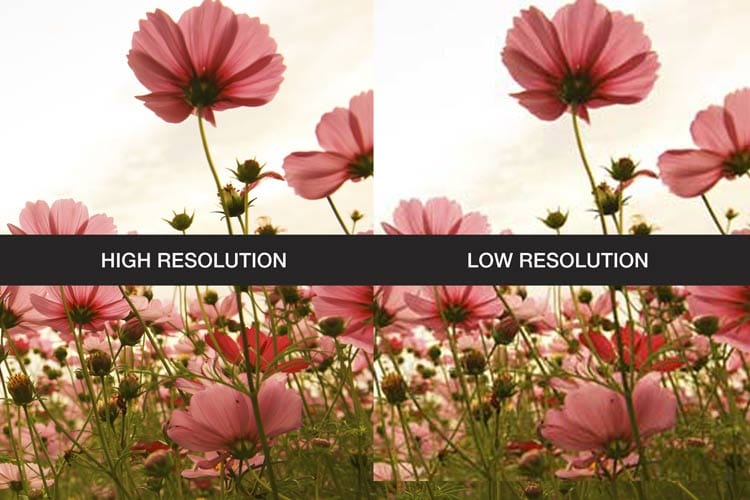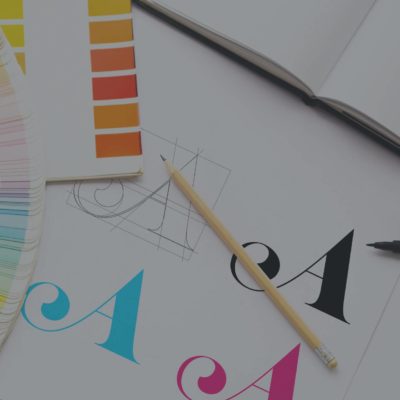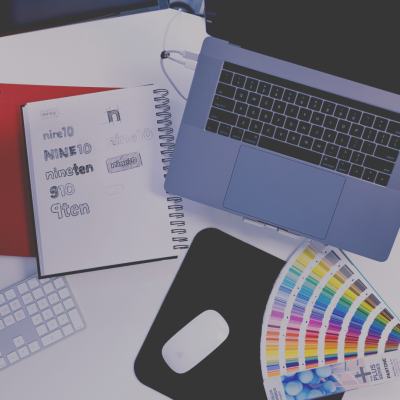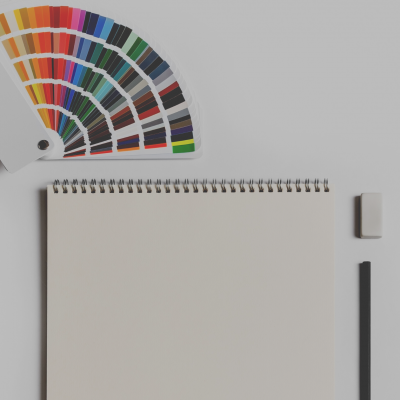Have you ever been asked to provide photography by a Graphic Designer, only to get a response that the photo isn’t high quality or doesn’t have enough resolution? This can be confusing because the photo might actually look okay on screen, but once printed, you may really notice the pixelation, and that’s not good. The difference between web-ready photos and print-ready photos is pretty basic, and taking a few minutes to learn what that is can save you and the designer lots of time and frustration.
Photos for Web (Low Resolution)
Web-ready photos need to be 72dpi (a fancy design term for resolution), which is typically used for on-screen viewing. The reason that a lower resolution file is needed is so your web page will load it faster. If you’re not savvy with managing photos, a good way to tell if the photo might be low quality is if the actual file size is low (e.g. 80KB or 300KB). Luckily, if all you have are high-quality images for your website, your designer will be able to save them as web-ready photos for you.
What if I use a Print-Ready Photo on My Website?
You’re images will look great, but you’re going to have a really slow website, and viewers may get impatient and leave. You might even get frustrated with your own slow loading website!
Photos for Print (High Resolution)
Print-ready photos need to be 300dpi, which means there are more pixels in the photo to create a high-quality image. Like I mentioned above, if you only have high-quality images for web, your designer can save web-ready copies for your website, but if you provide a web-ready photo for print, we cannot magically make up those pixels that were lost when it was down-sized to web quality.
If this happens, you will likely need to find the original photo or choose a different one that won’t create pixelation or blurriness issues. A good sign that the photo might be high-quality is if the file size is high (e.g. 1MB or 3 MB).
What if I use a Web-Ready Photo in a Printed Ad or a Billboard?
You’ll get blurry photos and it won’t look very professional to your clients or customers.
Managing Your Photos
You should organize your photos in a way that makes sense for you. But for times when you need to work with a Graphic Designer or Web Developer, it might be a good idea to keep a “Photos for Print” and a “Photos for Web” folder, so you or any employees can easily see which photos are appropriate to send. This will save you lots of time going back and forth with a designer which means their time can be better spent elsewhere in the project. If you’re not sure what to send, the original photos or high-quality photos are a safe choice.










